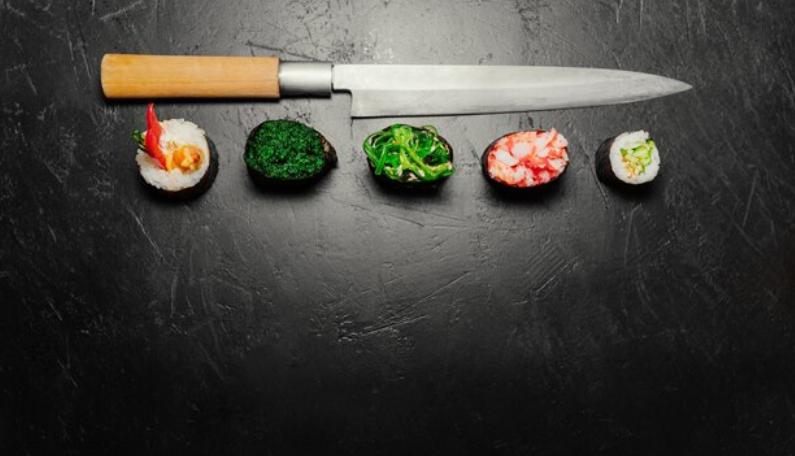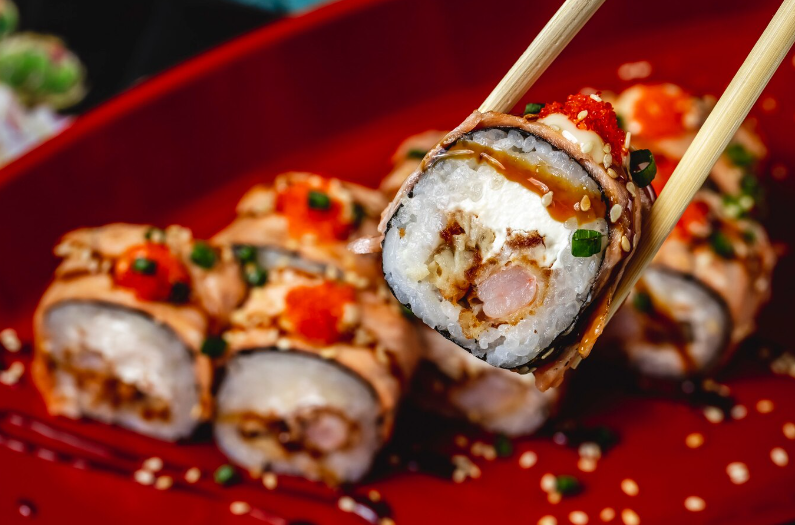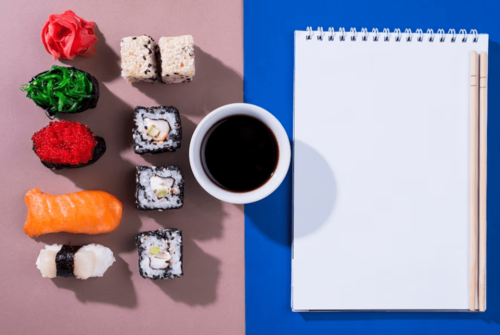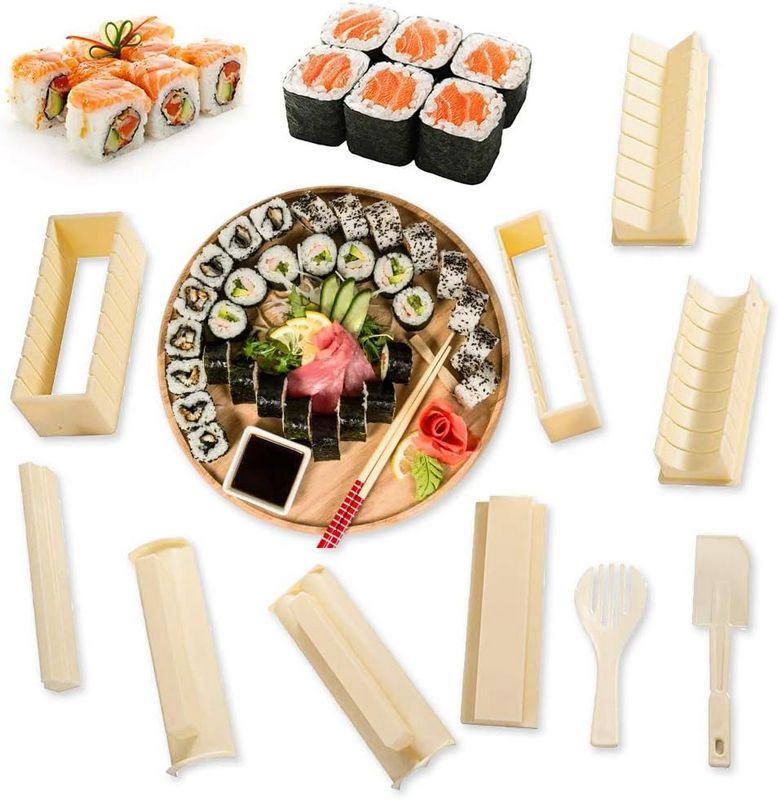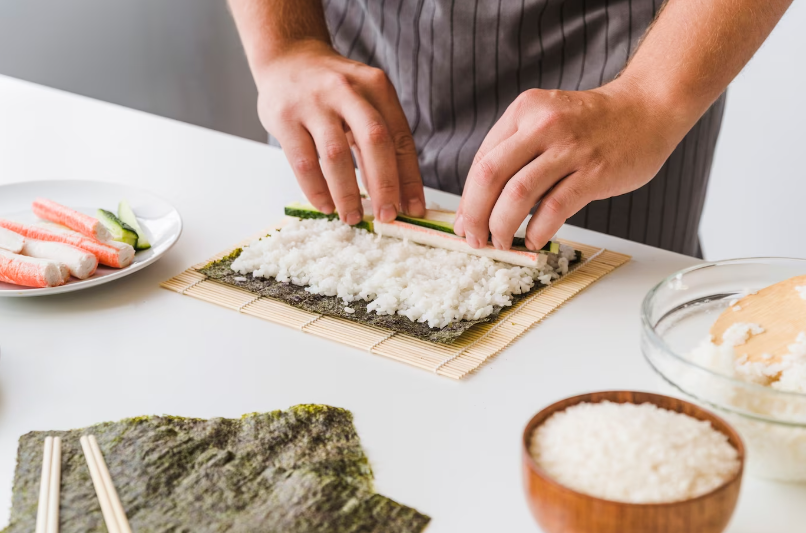Have you ever wanted to learn how to make sushi? If so, you’re in luck! In this blog post, we’ll be taking a look at a sushi cooking class taught by a professional chef. You’ll learn about the different types of sushi, how to prepare sushi rice, and how to roll your own sushi. Plus, we’ll also give you some tips on what restaurants to visit if you want to try out your new sushi-making skills.
What You Will Need
If you’re interested in learning how to make sushi, you’ll need to take a sushi cooking class from a professional chef. Here’s what you’ll need for the class:
-A sharp knife: You’ll need a sharp knife to cut the sushi ingredients.
-A cutting board: A cutting board will help you prepare the sushi ingredients.
-Bamboo sushi mats: Bamboo sushi mats are used to roll the sushi.
-Rice cooker: A rice cooker is used to cook the rice for sushi.
-Sushi vinegar: Sushi vinegar is used to flavor the rice.
-Nori sheets: Nori sheets are used as wrappers for the sushi.
-Wasabi paste: Wasabi paste is used as a condiment for sushi.
-Soy sauce: Soy sauce is used as a condiment for sushi.

How to Make Sushi Rice
To make sushi rice, you will need:
1 cup Japanese short-grain rice
1 cup water
1/4 cup rice vinegar
1/4 cup sugar
1 teaspoon salt
rinse the rice in a fine mesh strainer until the water runs clear. Combine the rinsed rice and water in a medium saucepan and bring to a boil over high heat. Reduce the heat to low and simmer, covered, for 10 minutes. Remove the pan from the heat and let it sit, covered, for 10 minutes more.
In a small bowl, combine the vinegar, sugar, and salt and stir until the sugar and salt have dissolved. Transfer the cooked rice to a large bowl and pour in the vinegar mixture. Gently fold everything together with a wooden spoon or spatula until coated. Let the rice cool to room temperature before using it to make sushi.

Shaping the Sushi Rice
Shaping the sushi rice is the most important part of making sushi. A professional sushi chef will use a rice paddle to shape the rice into neat little balls. If you don’t have a rice paddle, you can use your hands.
The key to shaping perfect sushi rice balls is to wet your hands before handling the rice. This will prevent the rice from sticking to your hands and make it easier to shape.
Once you’ve shaped the rice into balls, it’s time to add the fillings. Traditional sushi fillings include fish, vegetables, and pickled ginger. You can be creative and experiment with different fillings, but make sure they’re chopped small enough that they’ll fit inside the ball of rice.
After adding the filling, it’s time to roll up the sushi. Again, wet your hands before handling the sushi so that the rice doesn’t stick. Roll up each ball of sushi tightly, using as little pressure as possible so that the ball stays together.
Now it’s time to slice the sushi into bite-sized pieces. Use a sharp knife dipped in water to make clean cuts through the rolled-up sushi balls. Serve immediately with soy sauce and pickled ginger on the side.
Adding the Fillings
When it comes to sushi, the fillings are just as important as the rice. In this section of our sushi cooking class, we’ll walk you through how to choose and prepare the perfect fillings for your sushi rolls.
There are endless possibilities when it comes to choosing fillings for your sushi rolls. You can go traditional with salmon and cucumber, or get creative with unique combinations like shrimp and avocado. No matter what you choose, there are a few things to keep in mind when adding your fillings.
First, make sure your fillings are fresh and of high quality. This is especially important if you’re using raw fish as a filling. Sushi is all about freshness, so don’t skimp on your ingredients here.
Next, cut your fillings into small pieces that will fit snugly inside your sushi roll. If your pieces are too big, they’ll be difficult to eat; too small, and they’ll fall out when you bite into your roll.
Finally, don’t overstuff your sushi roll! A little bit of filling goes a long way, so use restraint when adding your ingredients. Too much filling will make for a messy (and difficult to eat) roll.
With these tips in mind, you’re ready to choose and prepare the perfect fillings for your next batch of sushi rolls!
Rolling the Sushi
Rolling sushi is an art form, and one that takes practice to perfect. In this sushi cooking class, you’ll learn from a professional chef how to roll sushi like a pro. You’ll start by learning how to choose the right ingredients, then move on to rolling techniques. By the end of the class, you’ll be able to impress your friends and family with your sushi-rolling skills.
Cutting the Sushi Rolls
In sushi making, the rice is usually the star of the show. But the fish and other fillings are important too. That’s why it’s important to know how to cut sushi rolls properly.

Here are some tips for cutting sushi rolls:
1. Use a sharp knife. A dull knife will tear the sushi roll and make it difficult to eat.
2. Cut on a cutting board or other surface that won’t slide around.
3. Wet your knife with a little water before cutting to help prevent sticking.
4. Start by cutting the roll in half, then cut each half into thirds or quarters, depending on how big you want the pieces to be.
5. Serve immediately or store in an airtight container in the fridge for up to a day.
Serving Suggestions
1. If you’re looking to learn how to make sushi like a pro, there’s no better way than to take a sushi cooking class from a professional chef.
2. In these classes, you’ll not only learn the techniques and tips needed to make delicious sushi, but you’ll also get to taste some of the best sushi around.
3. If you’re looking for a unique culinary experience, taking a sushi cooking class is definitely something you should consider.
4. Here are some serving suggestions for your next sushi party:
-Serve your sushi on small plates or in bowls so that guests can help themselves.
-Offer a variety of dipping sauces, such as soy sauce or wasabi paste, for guests to enjoy with their sushi.
-Place a pickled ginger center piece on the table for guests to nibble on between bites of sushi.
-Make sure to have plenty of chopsticks available for guests!
Conclusion
If you’re interested in sushi, then a sushi cooking class is a great way to learn from a professional chef. You’ll not only learn how to make sushi, but you’ll also learn about the different types of sushi and the history behind it. It’s a fun and informative experience that will leave you with a new appreciation for this delicious dish.
